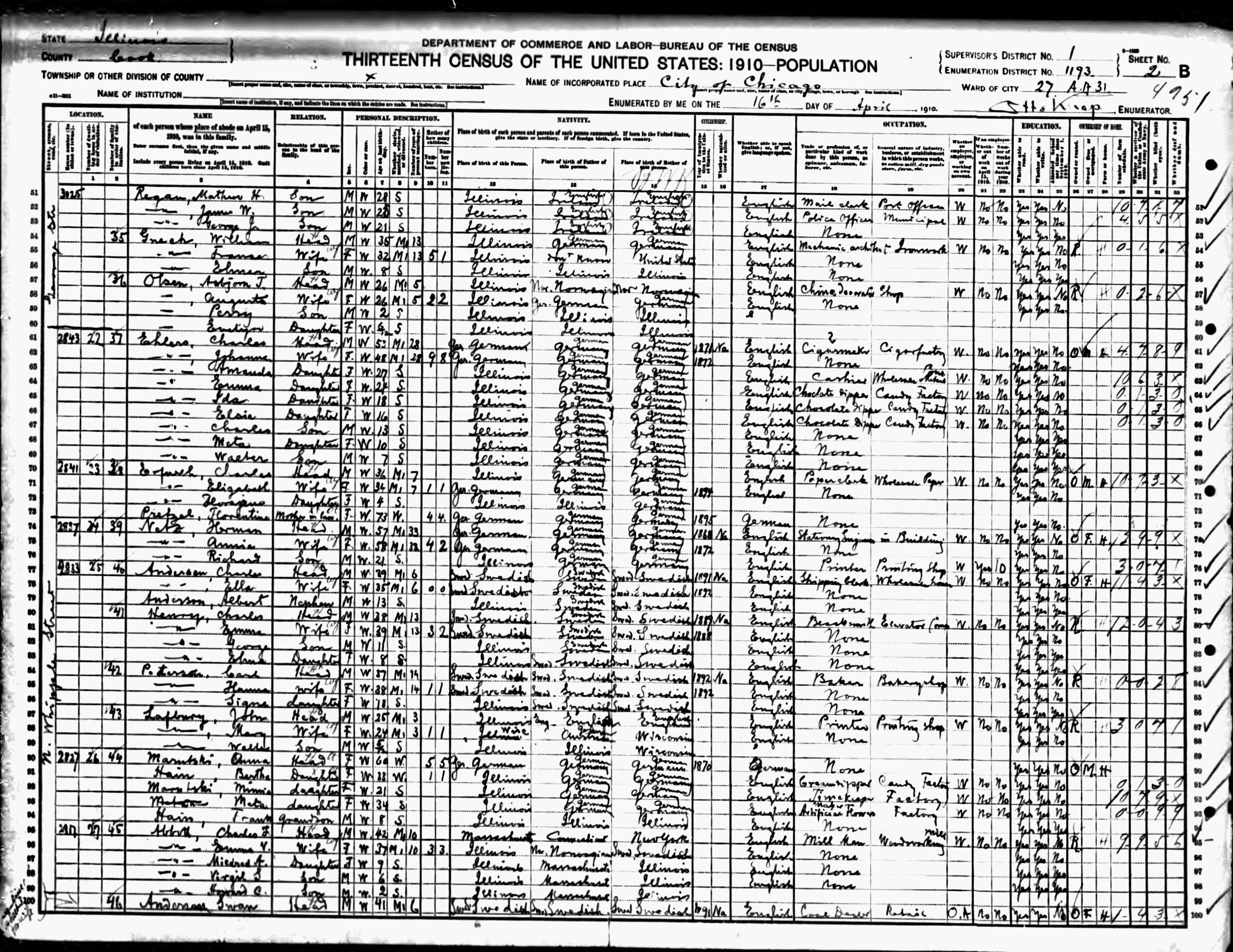What to Do when Sources Conflict
Note: This article was published previously by Kathryn Grant and is used with the author’s permission.
In the 1881 census, William Shepherd Russell is living in the home of Mary Boyington. He’s listed as her nephew. In the 1891 census he’s still living with Mary, but this time he’s listed as her son. Which one is right?
Because censuses and other records are made by humans, mistakes are bound to happen. Names are misspelled; relationships are misstated; birthplaces or ages are incorrect. Information might be given by someone who doesn’t know the facts. Sometimes people even lie. So when sources for the same person contain conflicting information, how do you tell which one is correct?
Here are three helpful keys:
- Information closest to the event is most likely to be correct. For example, if someone’s birth certificate gives a specific birth date, but their military or death certificate gives a slightly different birth date, the birth certificate is most likely to be correct.
- Information given by someone involved in the event is most likely to be correct. For example, the mother of a child is more likely to know correct birth information than, say, an aunt or cousin. A form completed by an individual (such as a draft registration form) is more likely to be accurate than a form completed about the individual by someone else.
- If information is consistent in all records except one, the exception is probably incorrect. Going back to the example above, William is enumerated with Mary in several censuses. He’s always listed as her nephew except once, when he’s listed as a son. So son is probably not the right relationship.
You can’t escape conflicting information in family history, but you can use the keys above to determine which information is most likely to be correct.
For more information on using U.S. census records in your research, See Goal C1 and Goal C2 in the United States page of The Family History Guide.






